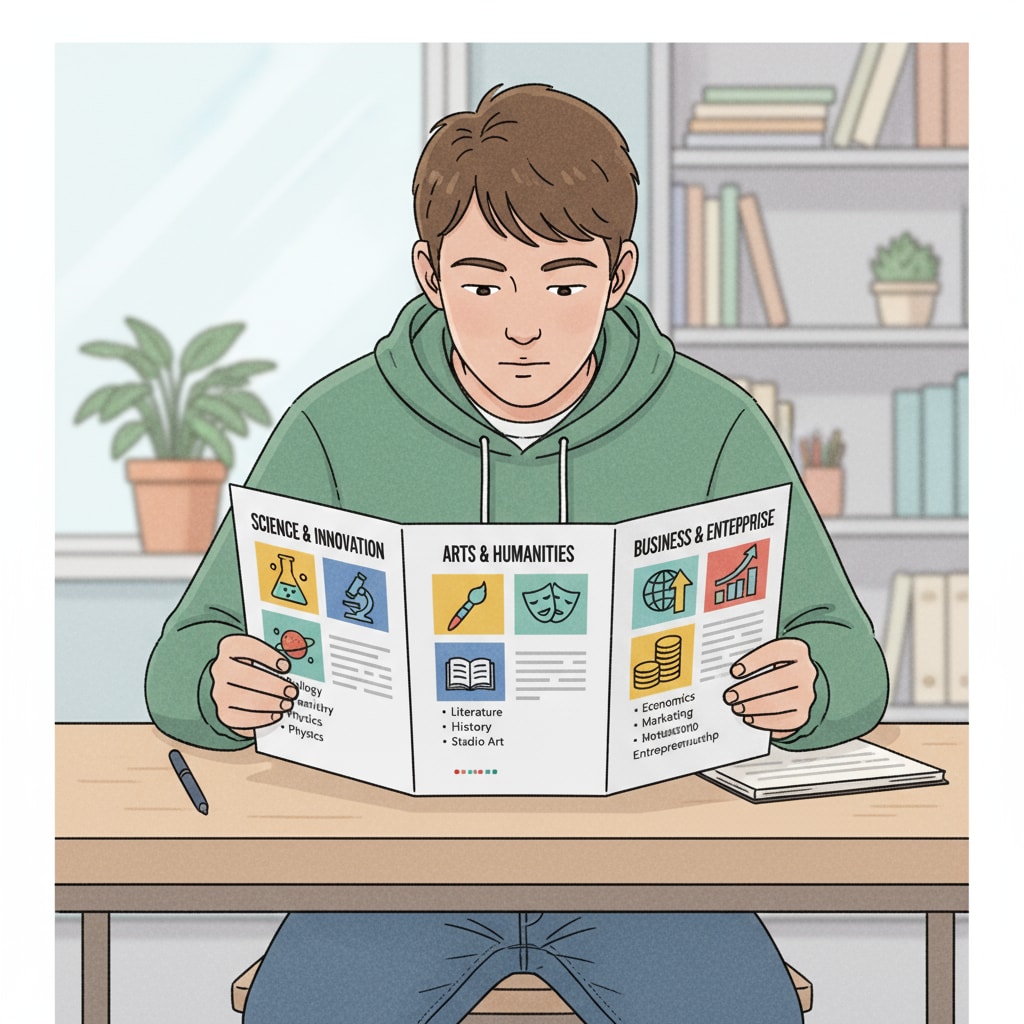College major selection, interest confusion, and career direction are crucial aspects that high school students grapple with when it comes to planning their future. Many students find themselves in a predicament where they base their major choices on what seems like an interesting field at first glance, only to realize later that it might not be the right fit. This is what we refer to as the “superficial interest” trap.

The “Superficial Interest” Dilemma
High school students often have a limited understanding of what different college majors entail. They might be attracted to a major because of a popular TV show, a famous figure in the field, or a passing fancy. For example, a student who watches a lot of medical dramas might think that majoring in medicine is the perfect choice. However, the reality of medical school is far more complex and demanding than what is portrayed on screen. As a result, they may find themselves struggling once they start their college courses. According to Inside Higher Ed, a significant number of students end up changing their majors during their college years due to such misaligned expectations.
The Complexity of Interest-Major Matching
True interest in a subject goes beyond surface-level appeal. It involves a deeper understanding of the subject matter, the skills required, and the career paths it can lead to. When matching interests with majors, students need to consider multiple factors. For instance, someone interested in art might have a passion for painting, but majoring in fine arts also requires skills in art history, theory, and technique. Additionally, they need to think about the job prospects in the field. A degree in art might lead to various careers such as being a professional artist, an art teacher, or working in art galleries. Understanding these nuances is essential. Britannica’s article on career guidance emphasizes the importance of this in-depth exploration.

Once students realize the complexity of major selection, they need to embark on a systematic exploration. This can involve researching different majors, talking to current college students and alumni, and even attending college fairs. By gathering more information, they can make a more informed decision. For example, if a student is interested in computer science, they can reach out to computer science majors at different colleges to learn about their coursework, projects, and internship experiences. This hands-on approach will give them a better sense of whether the major is right for them.
Readability guidance: As seen above, we use short paragraphs to convey ideas clearly. Lists can be used to summarize key points, like the factors to consider in interest-major matching. Passive语态 is kept to a minimum, and transition words such as “for example” and “additionally” are used to connect ideas smoothly.


